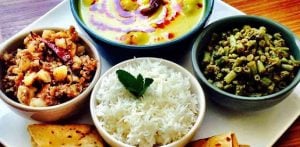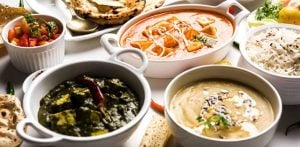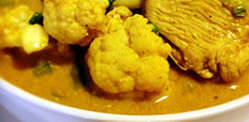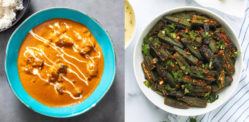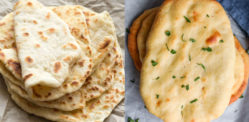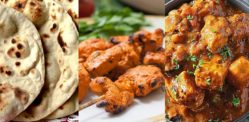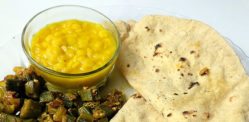It is a low-carbohydrate, high-fat diet
In recent years, low carb diets have gained significant attention as an effective approach to weight loss.
But when we think of Indian cuisine, aromatic rice, flavourful curries and delicious breads often come to mind, making it seem incompatible with a low carb diet.
Thankfully, there are ways to enjoy Indian food while following a low carb diet.
Traditionally, Indian diets have been carbohydrate-heavy, with rice, wheat and bread forming the staple components of meals.
While these foods are nutritious, they can hinder weight loss efforts for some individuals.
However, by adopting a low carb approach to Indian cuisine, it’s possible to create a dietary plan that promotes weight loss while incorporating the essence of traditional Indian flavours.
From protein-packed curries to vegetable sabzis, you will discover how to enjoy the best of both worlds: the flavours of Indian cuisine and the benefits of a low carb diet.
What is a Low Carb Indian Diet?
In recent years, there has been an increase in people adopting an Indian keto diet.
It is a low-carbohydrate, high-fat diet that involves drastically reducing carbohydrate intake and replacing it with fat.
This leads the body to enter a state called ketosis.
Starting a low-carb Indian diet means reducing the intake of carbohydrates, therefore, forcing your body to use stored fat as the main source of energy instead of using glucose that is generated when you eat high-carb foods and sugar.
It can be a challenge for most Indians since a typical meal will include rice, roti, potatoes and lentils, all of which are high in carbohydrates.
Shifting to a low-carb diet, especially for vegetarians requires more consideration and planning.
But since a large proportion of Indians are vegetarian, there are many low-carb vegetarian dishes to choose from.
Foods to Avoid
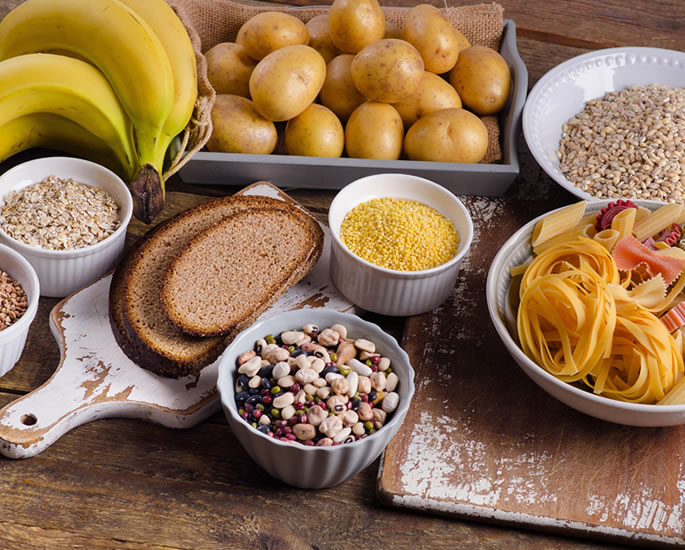
When on a low carb diet, you must aim not to have any of the following foods:
- Bread, Rice and Pasta – white, brown, wholemeal, pitta, naan, chappati, tandoori roti, tortilla wraps and any other kind of breads. No rice of any kind – white, brown, basmati, long grain and risotto. No pasta of any kind.
- Starchy Vegetables – all kinds of white potatoes, red potatoes, fries, chips, corn (makki), peas, beetroot, parsnips, butternut squash, sweet potatoes and carrots.
- High Sugar Fruits – mangoes, apples, bananas, figs, grapes, cherries, pomegranates, tangerines, pineapple, pears and kiwi.
- Snacks – crisps, tortillas, samosas, pakoras, mathi, Bombay mix, chevda, boondi and all fried snacks.
- Sweets – kheer, vermicelli (sewyian), mithai, halwa, gajjar halwa, sooji, karah, sweetened nuts, chocolate nuts, candy and milk chocolate.
- Sauces and Dressings– do not use bought cooking sauces. A healthier alternative is to make your own. No high-in-sugar sauces such as ketchup and sweet relishes.
Adapting Indian Food to a Low Carb Diet
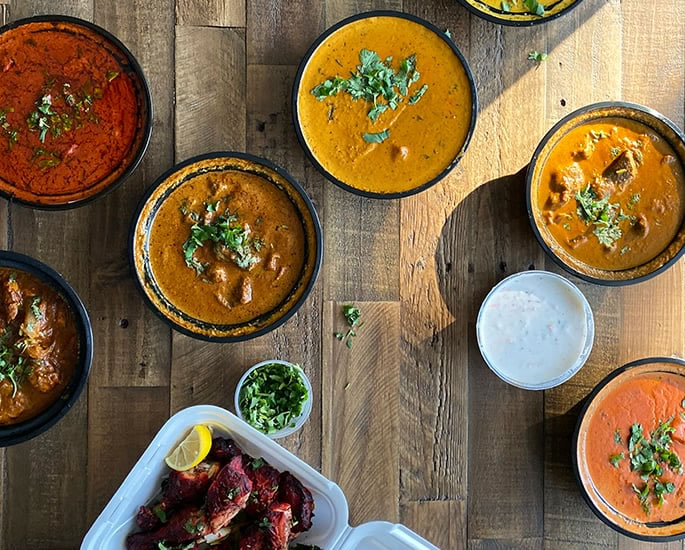
A low carb diet requires the reduction of carb intake while emphasising protein and healthy fats.
By reducing carb intake, the body is forced to utilise stored fat as an energy source, leading to weight loss.
However, it is important to note that not all carbohydrates are created equal. Opting for complex carbs, such as whole grains and vegetables, over simple sugars is crucial for a healthy low carb diet.
This can be difficult for Indians as a typical diet is high in carbohydrates.
Rice, naan and roti are the main culprits, with one 90-gram commercially prepared, plain naan containing 45 grams of carbohydrates.
It is the sugar element in carbohydrates that are viewed as unhealthy.
But other foods are to blame also.
High carbohydrate foods may include vegetables that are grown under the ground such as root vegetables such as yams, carrots, potatoes, parsnips and beetroot.
Fortunately, there are ways to enjoy a low carb Indian diet.
Fitness instructor Akash Sehrawat has been eating a low-carb Indian diet for a number of years. This has been done by no longer eating rice or roti.
After eliminating roti and rice, he increased the quantity of daal and sabzi, typically eating two bowls of each item per meal. This doubled his protein intake.
Akash said: “One big bowl of daal has 17g of protein. I was getting 30–34 grams from daal alone. There is some protein in vegetables too.
“I could never have imagined getting 30–45 grams of protein from Indian vegetable meals.”
By getting rid of high-carb food items, Akash said that he “felt amazing and energetic” after his meals, something that was rarely the case when he used to eat roti.
Advising those who find it impossible to skip rice and roti, Akash says portion sizes should be drastically reduced.
But it is important to note that carbohydrates are not bad.
According to Akash, he says refined carbohydrates are to blame for weight gain. This includes high-fructose corn syrup and sweets.
Flour purchased from general stores tends to be refined and highly processed.
A low carb diet can also be enjoyed when dining at an Indian restaurant.
According to Diet Doctor, diners should ask for ghee. It is pure fat, which is ideal for low carb diets.
When it comes to main dishes, kebabs, tandoori dishes and curries without potatoes are options to go for as they are high in protein and low in carbs.
But do not eat them with rice or any flatbreads.
Paneer is fine but watch out for hidden carbs in some of these dishes. Ask your waiter about the ingredients.
It is important to maintain portion control in order for there to be a calorie deficit to result in weight loss.
Low Carb Indian Diet Tips
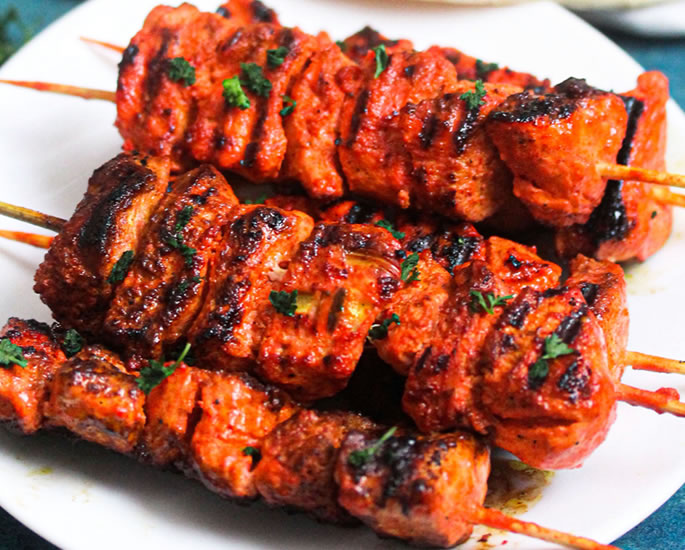
A low carb Indian diet to help with weight loss focuses on reducing carbohydrate intake while incorporating flavourful Indian dishes.
There are a number of tips to take when following a low carb diet.
But one of the most important factors is to pay attention to portion sizes and practice mindful eating to prevent overeating, which can contribute to weight gain.
Start with a Healthy Breakfast
Choose protein-rich options such as eggs, Greek yoghurt or paneer.
Include vegetables like spinach, bell peppers or mushrooms to add fibre and nutrients to your meal.
Embrace Vegetable-based Dishes
There are a variety of vegetable-based dishes in Indian cuisine.
Opt for dishes such as stir-fried vegetables, saag, or baingan bharta.
When making vegetarian dishes, include low-carb vegetables like cauliflower, cabbage, broccoli and courgette into your meals.
Lean Protein Sources
Those who want to eat non-vegetarian dishes should choose lean meats such as skinless chicken, fish or turkey. These are excellent sources of protein and healthy fats.
Legumes like lentils and chickpeas can also be included in moderation, as they provide both protein and fibre.
Healthy Fats are Essential
Because a low carb diet emphasises protein and fats, include healthy fats like olive oil, coconut oil and avocados in your cooking.
Add a handful of nuts, such as almonds or walnuts, as a snack or sprinkle them on salads.
Whole Grains in Moderation
If you decide to add grains to your low carb diet, opt for whole-grain varieties like brown rice, quinoa, or millet.
Because they contain carbohydrates, limit the portion sizes to maintain a low carb intake.
Snack Smartly
Choose low carb snacks like cucumber or carrot sticks with hummus, Greek yoghurt with berries, or a handful of roasted chickpeas.
Hydration & Herbal Teas
Stay hydrated by drinking plenty of water throughout the day.
Enjoy herbal teas like green tea or tulsi tea, which have potential health benefits and can aid in weight loss.
A Low Carb Indian Diet to Follow
Here is a sample low carb Indian diet that is designed to help with weight loss.
It is important to note that individual needs may vary.
It is always recommended to speak to a healthcare professional or registered dietitian for personalised advice.
Day 1
Breakfast
- A vegetable omelette made with eggs, spinach, bell peppers and mushrooms.
- A cup of unsweetened green tea.
Mid-Morning Snack
- A handful of almonds or roasted pumpkin seeds.
Lunch
- Grilled chicken breast or tofu cooked with spices and herbs.
- A generous portion of mixed green salad with cucumber, tomatoes and lemon dressing.
Afternoon Snack
- A cup of unsweetened Greek yoghurt with a sprinkle of flaxseeds.
Dinner
- Baked fish (such as salmon or cod) with a side of sautéed broccoli and cauliflower.
- A small bowl of daal made with minimal oil and spices.
Day 2
Breakfast
- Spinach and mushroom frittata made with egg whites or a combination of eggs and egg whites.
- A cup of herbal tea or black coffee.
Mid-Morning Snack
- A cup of cucumber and carrot sticks with a tablespoon of hummus.
Lunch
- A bowl of mixed vegetable curry cooked with minimal oil and spices.
- A small portion of quinoa or brown rice.
Afternoon Snack
- A small handful of unsalted mixed nuts (almonds, walnuts and cashews).
Dinner
- Grilled chicken or paneer skewers with bell peppers and onions.
- A side of roasted Brussels sprouts or stir-fried cabbage.
Day 3
Breakfast
- Scrambled eggs cooked with diced bell peppers, onions and mushrooms.
- A cup of green tea or herbal infusion.
Mid-Morning Snack
- A cup of cucumber and tomato salad with a squeeze of lemon juice.
Lunch
- A bowl of palak paneer
- A side of cauliflower rice or steamed broccoli.
Afternoon Snack
- A small cup of unsweetened Greek yoghurt with a sprinkle of chia seeds.
Dinner
- Grilled fish (such as tilapia or trout) with a side of stir-fried zucchini and bell peppers.
- A small bowl of vegetable soup (made with low-carb vegetables like spinach, cabbage and tomatoes).
Remember to stay hydrated throughout the day by drinking plenty of water.
Additionally, portion sizes should be controlled to maintain a calorie deficit for weight loss.
It’s also important to incorporate regular physical activity and engage in a balanced lifestyle for optimal results.
A low carb Indian diet can be a highly effective and enjoyable approach to weight loss without compromising on the rich flavours and vibrant dishes that Indian cuisine offers.
By reducing carbohydrate intake and incorporating protein-rich sources, healthy fats, and low carb vegetables, you can create a sustainable and satisfying meal plan that supports your weight loss goals.
Through the careful selection of ingredients and mindful preparation, you can still relish traditional Indian dishes while keeping your carbohydrate intake in check.
In addition to weight loss, a low carb diet can also have positive impacts on blood sugar control, appetite regulation and overall health.
It may even lead to improved energy levels and enhanced mental clarity.
However, it’s essential to remember that maintaining a balanced and nutritious diet is crucial for long-term success.
Consulting with a healthcare professional or registered dietitian is always recommended, especially if you have specific dietary requirements or pre-existing health conditions.
























